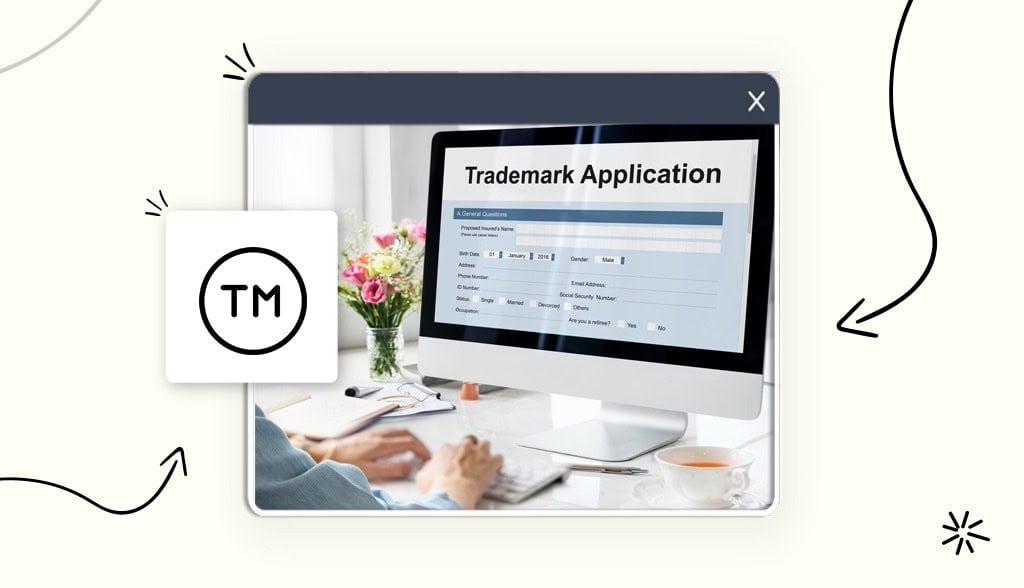
You’ve worked hard registering a trademark with the United States Patent and Trademark Office (USPTO). Now you can relax knowing your intellectual property is protected forever, right?
Unfortunately not. Registering a trademark is only the beginning of an ongoing process of renewing, monitoring, and using your mark per UPSTOs regulations and requirements to protect it against infringement and ensure it remains valid. All of those fall under what’s called trademark maintenance.
Think of it like riding a bike: It takes some effort to get going (trademark registration) and continuous motion to keep your balance (trademark maintenance). But you’ve already done the hard work, your trademark is up and running, and now I’ll tell you how to keep those pedals turning.
Trademark maintenance involves taking specific steps to ensure your trademark remains valid.
Here’s a quick breakdown of your trademark maintenance duties:
You might wonder if the USPTO takes care of number 5, but trademark maintenance is the responsibility of the person/organization registering the mark. You must complete all the above steps to ensure your protection remains valid.
Thankfully, learning how to maintain your trademark is like riding a bike: Once you get those wheels turning, there’ll be no stopping you.
Here’s how the first part works:
You fill out and file the USPTO’s renewal files on the required date to tell the USPTO that you’re still using your trademark. This updates their system, keeping your mark active in their database.
Here’s how you file for renewal:
Trademarks remain valid for the first 6 years from registration, then every 10 years after. When you renew your trademark it resets the protection clock to zero, starting the process again. Failing to do so before the due date or within the grace period (6 months) can result in losing your trademark protection.
How to renew your trademark:
You can also apply by mail or use a trademark renewal service. However, if you do, you need the answer to the question below:
You can employ a trademark lawyer to monitor your renewal dates and file the correct forms. But be careful when choosing one because there are many scam websites that offer this service for crazy fees.
Fortunately, the USPTO provides a list of potential scam trademark renewal services to help you avoid them.
As a trademark holder, you must pay 2 types of USPTO fees at different renewal dates.
Section 8 Declaration: For filing between years 5 and 6 after registration, $125 electronic or $225 paper per class for each Section 8 Declaration of Use.
Section 9 Renewal: For filing between years 9 and 10 after registration, $300 electronic or $500 paper per class or you can use a Section 8/Section 9 combined for $525 per class.
Late filing fees: When you apply for renewal during the 6-month grace period you must pay an additional per-class fee of $200.
You must file renewal documents between years 5 and 6, and again every 10 years after the initial registration.
Renewal deadlines ensure trademark owners meet the USPTO requirements. For example, one of the requirements is continued use in commerce, because if you don’t use your mark for 3 consecutive years, your trademark will be abandoned.
You can’t extend renewal deadlines, but you get a 6-month grace period to file your renewal application if you miss a deadline. However, if you also miss that one, your trademark could expire.
Here’s a quick recap of renewal filing dates and forms:
The USPTO sends a Courtesy email Reminder to trademark owners via the email address provided upon registration. You must select “receive email notifications” when registering your trademark application to receive an email reminder.
But if you miss a deadline and grace period, all’s not lost. The USPTO allows you to pay a late filing fee of $200 for paper and $100 for electronic.
You can learn about grace periods, filing early, and deadlines that fall on a Saturday, Sunday, or federal holiday on the USPTO website.
Okay, in part 2, we’ll look at what your duties for continued trademark compliance are and why the responsibility of policing your mark falls firmly on your shoulders.

Even when you comply with trademark renewal dates, filing forms, and continuous use, you could still lose your trademark by not following or implementing the next steps.
So, keep reading; your trademark could depend on it!
When the USPTO approves your trademark application, begin using the ® symbol to show the world your trademark is registered.
Most trademark owners place the ® symbol in a subscript or superscript location to the right of their trademarked design, such as a logo.
Also, ensure you use the mark symbol everywhere your trademarks appear, such as your online profiles, website, product, packaging, and advertising and marketing materials. Consistent use of the correct trademark symbol increases your intellectual property’s protection, which enables you to sue for damages should another brand infringe upon it.
As a trademark owner, you must ensure your trademark filing is up-to-date and aligns with your business growth, which means amending your registration when needed.
For example, let’s say you redesign your logo, use new product packaging, or add a new service to your business. You’ll need to update your trademark registration to ensure it reflects those changes. This could include filing new applications and adding additional trademark classes.
What you need to know is that the filing you made when applying for your trademark application only covers your original designs or products/services you submitted and their trademark classes.
To ensure continuous trademark protection you must update any changes you make with the USPTO and only register products/services you’re selling/providing and can prove evidence of commerce trademark use.
Here’s a quick checklist you can use to ensure you’re compliant:
That’s an important question because if you stop using your trademark on specific goods or services, you must remove them from your original filing. Not doing so could risk your trademark registration.
You do this for free by submitting a section 7 request that deletes products or services between maintenance filings.
Your last duty of trademark care is ongoing and crucial for maintaining and protecting your intellectual property, so don’t overlook it.
Trademark law requires trademark owners to monitor and police the use of their registered marks by other businesses.
Monitoring means ensuring no other brands use your intellectual property to promote their products or services. And if they are, it’s your duty to notify the USPTO because if you don’t and another business claims you’ve failed to monitor your intellectual property correctly, you could lose your mark.
Fortunately, you’ve got 2 surveillance approaches to ensure that doesn’t happen:
Your intellectual property (like your logo or business name) is the face of your business and it’s your responsibility to protect them.
Fortunately, it isn’t difficult when you follow and implement the steps below:
This portion of our website is for informational purposes only. Tailor Brands is not a law firm, and none of the information on this website constitutes or is intended to convey legal advice. All statements, opinions, recommendations, and conclusions are solely the expression of the author and provided on an as-is basis. Accordingly, Tailor Brands is not responsible for the information and/or its accuracy or completeness. It also does not indicate any affiliation between Tailor Brands and any other brands, services or logos.
Products
Resources
@2024 Copyright Tailor Brands